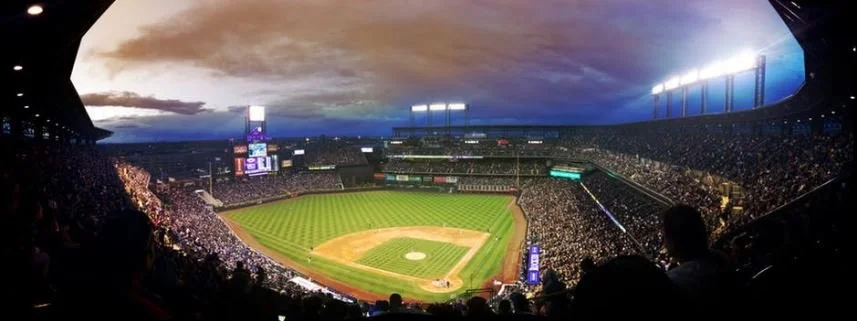Like many sports, baseball constantly evolves and adapts to new trends and challenges. In recent years, Major League Baseball (MLB) has implemented several new rules to improve the pace of play, increase player safety, and enhance the overall fan experience. Here are some of the most significant new rules in baseball:
1. Three-Batter Minimum: Starting in the 2020 season, pitchers must face a minimum of three batters (or pitch until the end of the inning) before they can be replaced. This rule was implemented to reduce the number of pitching changes and speed up the pace of play.
2. Expanded Rosters: In the past, teams were allowed to carry 25 players on their active roster for most of the season, with the ability to expand to 40 players in September. Starting in the 2020 season, teams will carry 26 players during the regular season, with a maximum of 28 players allowed in September.
3. Limited Mound Visits: To further reduce the length of games, teams are limited to six mound visits (including pitching changes) per game, with one additional visit allowed for each extra inning played.
4. Challenge Time Limit: In an effort to speed up the replay review process, managers now have only 20 seconds to decide whether to challenge a call on the field, down from 30 seconds in previous seasons.
5. No Pitch Intentional Walk: In an effort to eliminate the time-consuming process of throwing four pitches to intentionally walk a batter, MLB has implemented a new rule that allows teams to issue an intentional walk by simply signaling to the umpire.
6. Home Plate Collision Rule: To protect players from dangerous collisions, MLB has implemented a rule that prohibits catchers from blocking the plate and runners from targeting the catcher with unnecessary physical contact. If a runner initiates contact with a catcher, he will be called out.
7. Pitch Clock: In the minor leagues, MLB has implemented a pitch clock that limits the amount of time pitchers can take between pitches. While this rule has not yet been implemented at the major league level, it is being tested in some exhibition games and could be implemented in the future.
These new rules have had mixed reactions from players, coaches, and fans. Some believe they are necessary to improve the pace of play and increase player safety, while others argue that they fundamentally alter the game and take away from its traditional charm. Whatever your opinion, it's clear that baseball will continue to evolve and adapt to new challenges. Whatever the changes, PLAY BALL!



